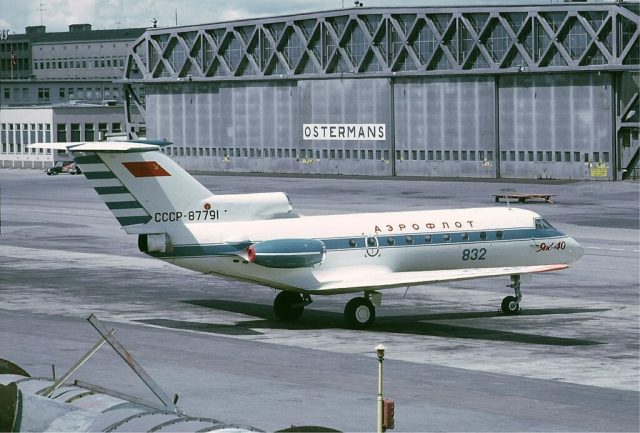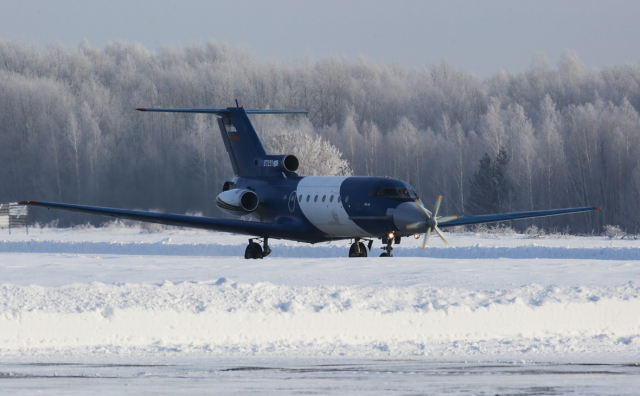Russian engineers have started ground testing of a flying laboratory based on the Yak-40, equipped with a superconducting electric motor. It is installed in the nose of the aircraft.
Russia is developing a potentially revolutionary aircraft electric motor. As it became known, the aircraft equipped with it began ground tests.
They started in Novosibirsk. The plane, powered by an electric motor, performed a run on the runway. As part of this stage, the specialists checked the performance of the power plant of the aircraft, as well as a number of its other systems.
During the tests, the correctness of the selected technical solutions was confirmed. Among other things, the engineers analyzed the conditions of electromagnetic compatibility of onboard and superconducting equipment. The main operating modes of the electric motor and its components were checked.
Recall that the installation of a new engine on the Yak-40 became known in December. Before that, the power plant passed a number of bench ground tests. The successful tests pave the way for the first flight of the flying laboratory, which, as previously stated, can take place as early as this year.

A flying laboratory with an innovative superconducting electric motor. Its power is 500 kW
Image source: ciam
The experimental aircraft was built on the basis of a turbojet passenger Yak-40. Instead of one of the three engines located in the tail section, the aircraft received a turboshaft gas turbine with an electric generator.

Yak-40
Image source: wikipedia
The forward-looking electric motor installed in the nose was developed by the specialists of CJSC "SuperOx" under a contract with the FPI (Advanced Research Foundation): the project received the designation "Contour". The flying laboratory was created at the Chaplygin Siberian Research Institute.
Thanks to the use of superconducting technologies, it is possible to provide a higher current density and significantly improve the main characteristics of the electric motor.
The technology under study allows for a twofold increase in the specific power of the electric motor, as well as to reduce fuel consumption when used as part of a hybrid power plant. In the future, the technology can be used to create fully electric aircraft and helicopters.
The development of hybrid aircraft is an extremely popular direction these days. Recall that last year, the British Electric Aviation Group presented a project of a hybrid airliner designed for 70 passengers. It is assumed that it can be used to build a fully electric winged car.

